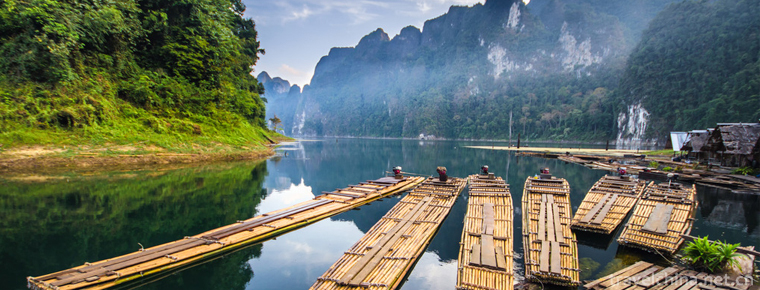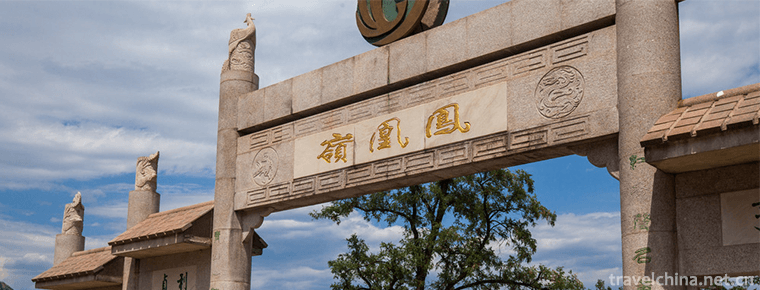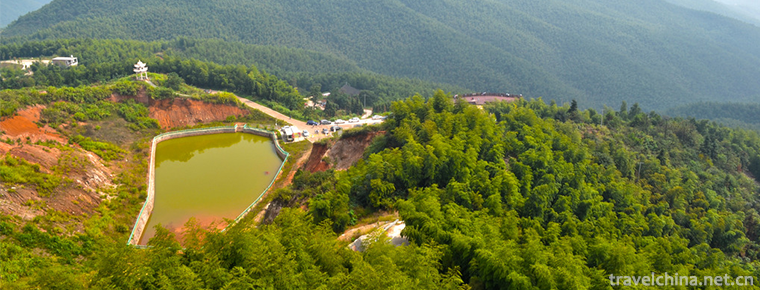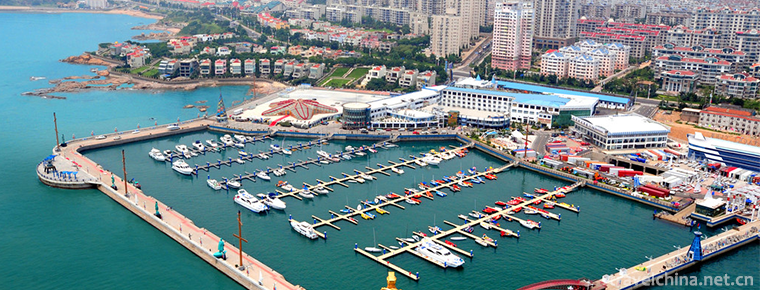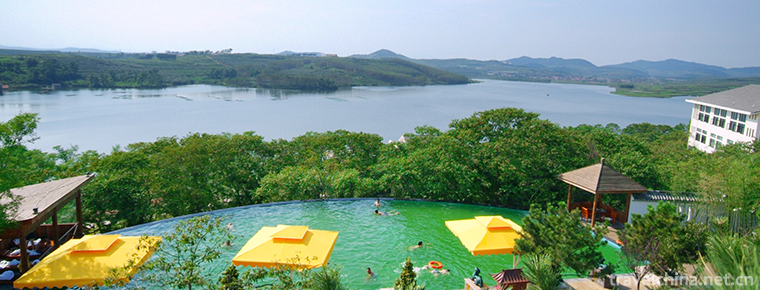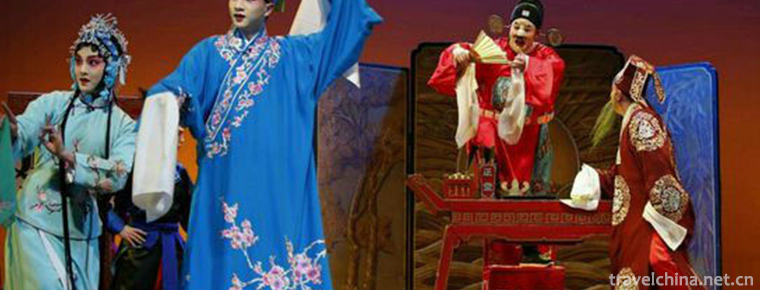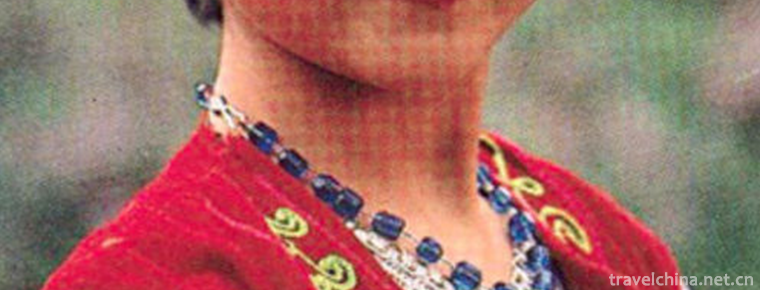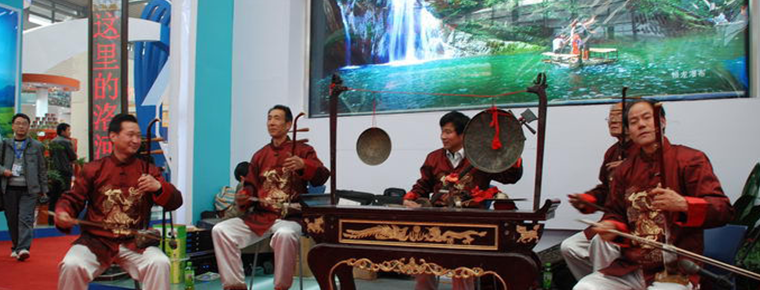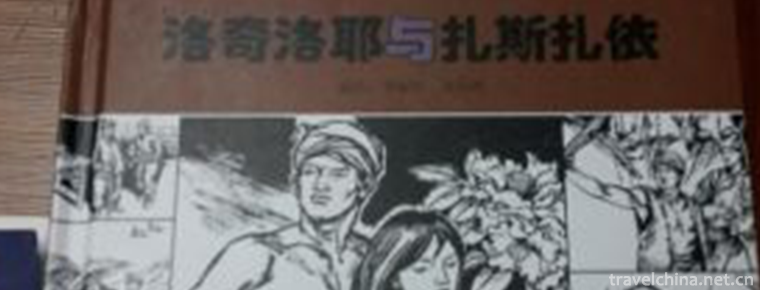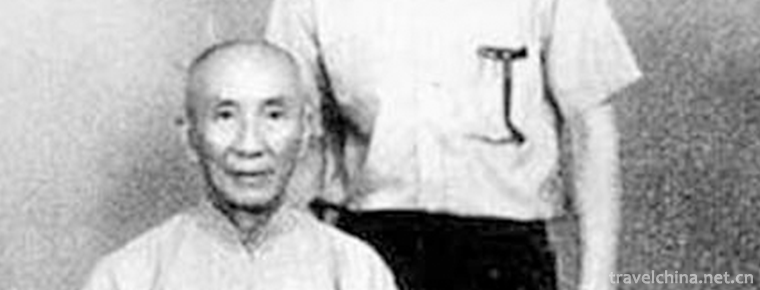Kirgiz embroidery
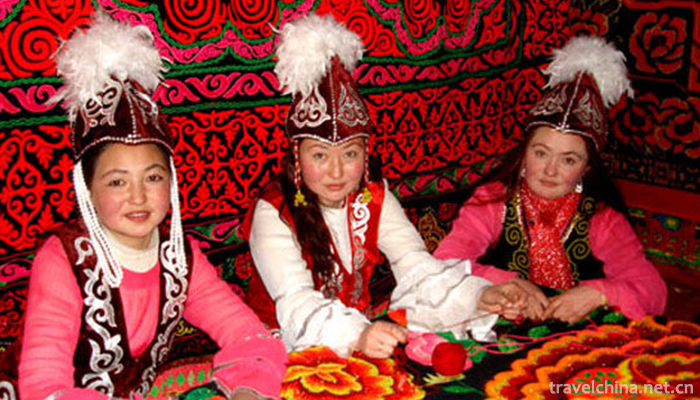
Kirgiz embroidery
Kirgiz embroidery is a traditional embroidery in Wensu County, Xinjiang Uygur Autonomous Region, China. Kirgiz women are good at embroidery. They embroider various delicate patterns on headscarves, pillows, quilts, sleeves, horsewear and hanging cloth decorations, including flowers, birds, animals and various geometric patterns. Bright colors and vivid images.
In 2008, Kirgiz embroidery declared by Wensu County of Xinjiang Uygur Autonomous Region was listed in the second batch of national intangible cultural heritage list with the approval of the State Council.
historical origin
Kirgiz embroidery has a long history and is closely related to the Central Plains culture. In the tombs of the Western Han Dynasty excavated in the Yenisai River Basin, woolen fabrics with exquisite patterns of birds, animals and plants were unearthed. It is recorded that there are craftsmen specializing in weaving silk brocade in Kirgiz area of Yenisai River Basin. "History of the Yuan Dynasty, Shizubenji" records that in 1286 (to the twenty-third year of the Yuan Dynasty), the Yuan government "owed State Bureaus 56,139 pieces of craftsmen's yarn to blossom 132". For thousands of years, the tall Pamirs have never lost contact with the mainland of their motherland.
artistic characteristics
style
They weave tapestries and carpets with exquisite patterns. Flower felt, white felt hat, silver saddle, wooden bowl, box, etc., exquisite and beautiful, simple and durable. Red, blue and white are the main crafts, especially red is the most popular.
Kirgiz men's traditional clothing is white embroidered collar shirt, coat collarless long shirt "loops", cuffs with black cloth edge. The style of jacket is vertical collar and button collar. Belts are tied over the coat. Wear wide-legged pants, suitable for nomadic riding, women's clothing for the broad collarless, less than knee length, inlaid with silver buttons on the jacket. A pleated skirt with fur at the bottom or a pleated dress of various colors at the bottom. A shoulder made of leather or cloth. Kirgiz women are good at embroidery. They often embroider beautiful and delicate geometric patterns on the collar, sleeves and chest of clothes. The main colours are red, blue and white. Knitting also shows exquisite skills. Tapestries and carpets woven with dyed wool and camel hair, curtains and aprons woven with Achnatherum splendens and red willow branches are well known in the world.
pattern
Among the Kirgiz embroidery patterns, the mountain peaks have become an indispensable landscape. The mountains in the eyes of the Ko people are mostly snow-capped icebergs, holy and pure white. Under their hands, the peaks are embroidered into white, pure white triangles, which fluctuate along the collar, trousers feet, sleeves, or the top of the blankets and the edge pillows of the walls. Sometimes, triangles are black or red-green, black represents Tushan, red and green represents Hongshan and Qingshan.
Inheritance significance
This embroidery is of great significance in inheritance. It has bright colors, beautiful shapes and is generous and simple. They mostly adopt flower and plant, birds and animals, sun, moon and stars and other patterns and geometric figures, the color is mainly black, white, red, blue, green and other basic tones. Different colors mean different meanings: black means deep and broad, indomitable and simple; blue is regarded as sacred and noble color with the sky; red means joy, warmth and happiness; green symbolizes spring and vitality. Kirghiz people are fond of white, because white can cause the moon, flour, cotton, milk and other beautiful things of rich association, but also pure, sincere implications. Every color in nature has been endowed with profound implications by Kirgiz.
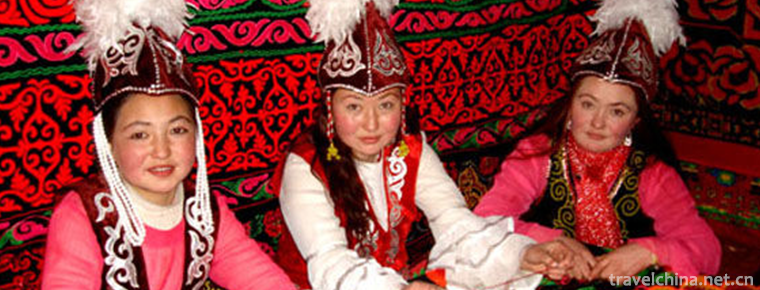
Kirgiz embroidery
-
Lijiang River
The Lijiang River, a branch of the upper reaches of the Guijiang River
Views: 113 Time 2018-10-12 -
Fenghuangling Natural Scenic Park
Beijing Fenghuangling Natural Scenic Park is China's National AAAA Scenic Area. The scenic spot is located in the northwest of Haidian District, 51 kilometers away from Tiananmen straight line
Views: 202 Time 2018-12-26 -
Cai Lun Zhuhai
Cai Lunzhuhai is located in Huangshi Town and Dayi Town, Leiyang City, a famous historical and cultural city in central and southern China. It covers an area of 100 square kilometers and has a central
Views: 129 Time 2019-01-04 -
Qingdao Yinhai International Yacht Club
Qingdao Yinhai International Yacht Club is located at No. 30 Donghai Middle Road, Qingdao City. It is the first national AAAA class tourist attraction in China with yacht club as its main body.
Views: 138 Time 2019-02-07 -
Weihai Tianmu Hot Spring Resort
Tianmu Hot Spring Resort Project invested 600 million yuan by Zhuhai Tianmu Group. A total of 35,000 square meters were opened in September 2008.
Views: 100 Time 2019-02-22 -
han opera
Guangdong Hanju Opera, formerly known as "Ran Tan", "Waijiang Opera" and "Xingmei Hanju Opera", is one of the Hakka Opera genres in Guangdong Province
Views: 163 Time 2019-05-01 -
Kazakh Costume
Kazakh people are characterized by pastoral nomadic culture. Their clothes are easy to ride. Their national clothes are mostly made of sheep's skin, fox's skin, deer's skin and wolf's skin, reflecting
Views: 232 Time 2019-05-02 -
Luonan Jing Blackboard
In 2011, Luonan Jingbanshu was approved by the State Council and listed in the third batch of national intangible cultural heritage list. As early as in the Daoguang period of the Qing Dynasty (around
Views: 143 Time 2019-05-15 -
Lodgeroye and Zaszai
Lodgeroye and Zaszai is a representative long poem of Hani poetry style, which is widely spread in all villages inhabited by Hani Biyo people in Hani Autonomous County of Mojiang. There are ten chapte
Views: 193 Time 2019-05-15 -
Yongchun Quan
Yongchun Quan is a traditional Chinese martial arts, a technology to stop invasion, a positive, streamlined and legitimate defense system, and the legal use of force. Compared with other traditional C
Views: 233 Time 2019-07-14 -
Chongzhou Confucian Temple
One of the four best preserved Confucian temples in Sichuan Province. National key cultural relics protection units. Confucius Cultural Center in Western China. It is located in the south of Chongzhou painting pool.
Views: 349 Time 2020-11-05 -
Evolution of Chengdu Giant Panda Base
Chengdu Giant Panda Breeding Research Base is established on the basis of raising, treating and breeding giant pandas in Chengdu Zoo. In the 1980s, Fargesia FRIGIDA in Qionglai mountains blossomed and died. Some giant pandas were rescued and concentrated in Chengdu Zoo for lack of food and hunger.
Views: 136 Time 2020-12-13
